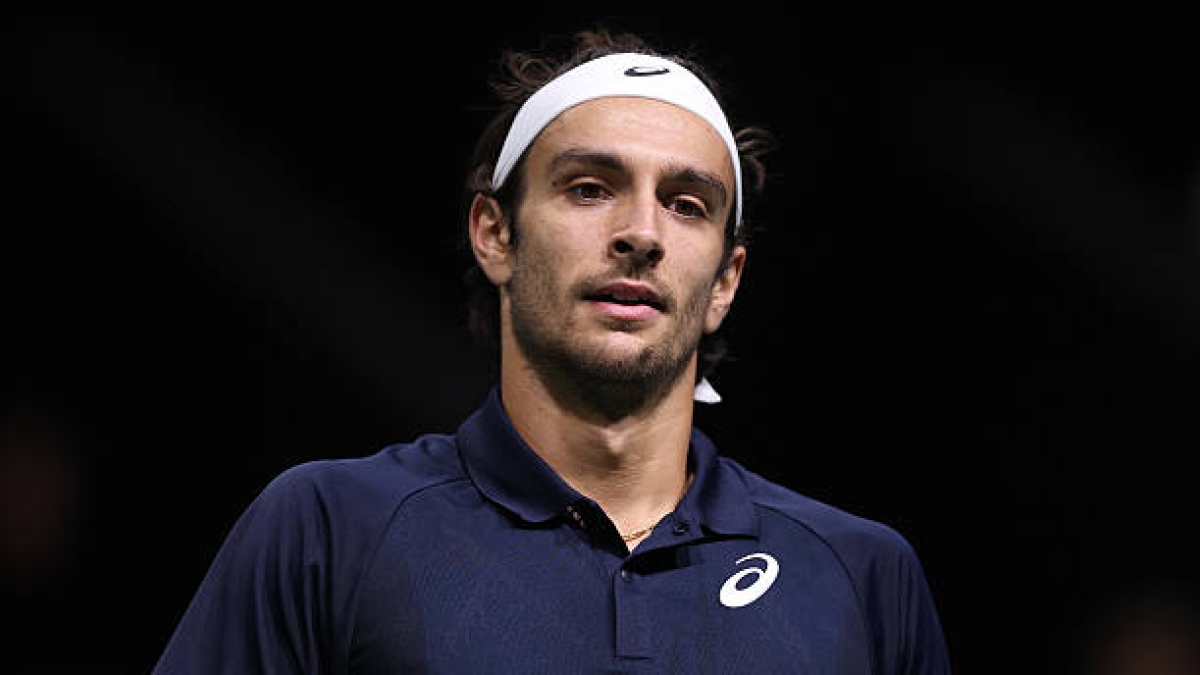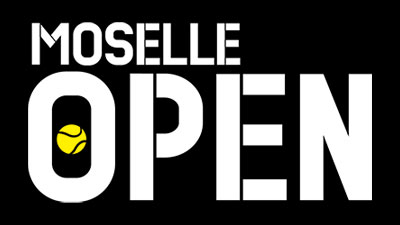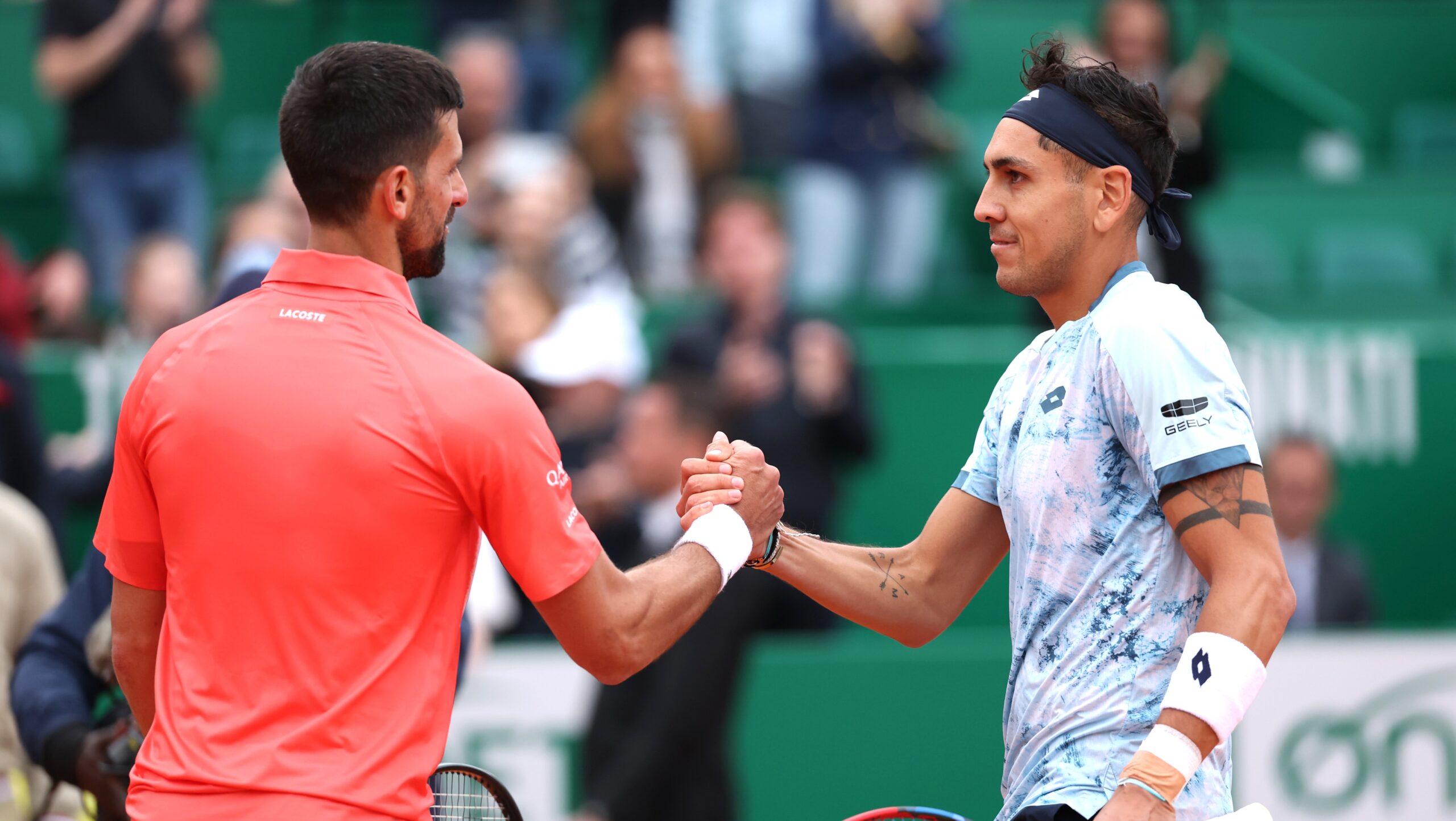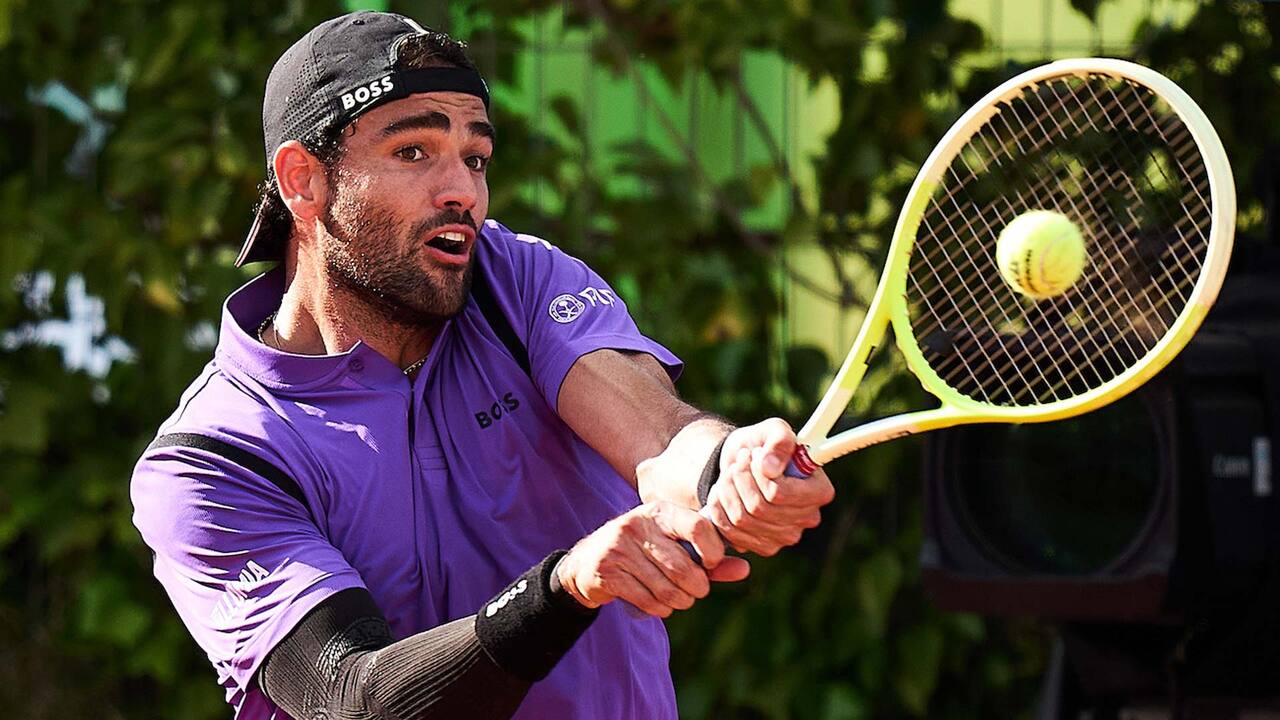Felix Auger-Aliassime delivered one of the biggest shocks of the 2025 US Open, ousting third seed Alexander Zverev in a gripping four-set battle that stretched nearly four hours. The Canadian’s victory not only ended Zverev’s title hopes but also pushed the tournament schedule deep into the night, sparking renewed debate about late finishes at Grand Slam events.
The match inside Louis Armstrong Stadium saw Auger-Aliassime’s relentless aggression overpower Zverev, sealing the upset before the possibility of a deciding fifth set. Had it gone the distance, organizers were prepared to shift the following women’s clash between Maria Sakkari and Beatriz Haddad Maia to another court under the USTA’s late-match policy.
Instead, Sakkari and Haddad Maia took the court at 11:28 p.m., marking the seventh-latest start in US Open history. Just last year, Aryna Sabalenka and Ekaterina Alexandrova set the all-time record when their match began at 12:07 a.m.
For Haddad Maia, late-night drama was nothing new — she had already experienced an even later start back in 2022 when she faced Bianca Andreescu at 11:38 p.m.
The scheduling chaos highlighted ongoing criticism across the tennis world about marathon night sessions. The French Open and Australian Open have faced similar scrutiny, while Wimbledon avoids the issue altogether with its strict 11 p.m. curfew.
Meanwhile, the drama didn’t end there. Over in Arthur Ashe Stadium, Tommy Paul’s duel with Alexander Bublik was still in its early stages when Sakkari and Haddad Maia began. Earlier in the night, top seed Iga Swiatek provided her own entertainment, rallying from 1-5 down in the opening set to defeat Anna Kalinskaya.
Just days earlier, Paul had survived a midnight marathon himself, edging Nuno Borges in 4 hours and 25 minutes, finishing at 1:46 a.m. That match, combined with Auger-Aliassime’s shocker over Zverev, has once again put the spotlight firmly on tennis’ never-ending debate: How late is too late?










Leave a Reply